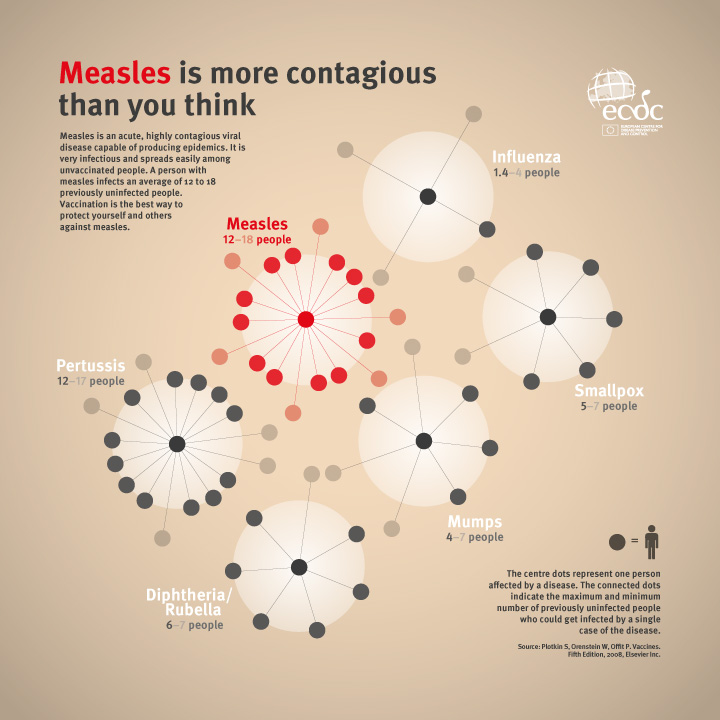 In a 1961, Frank Drake introduced the following equation for the number N of civilizations in our galaxy with which radio-communication might be possible,
In a 1961, Frank Drake introduced the following equation for the number N of civilizations in our galaxy with which radio-communication might be possible,As described by the SETI institute,N = R x Fp x Ne x Fl x Fi x Fc x L
- R is the average rate of star formation in the galaxy,
- Fp is the fraction of those stars that have planets,
- Ne is the average number of planets that can potentially support life per star that has planets,
- Fl is the fraction of planets that could support life that actually develop life at some point,
- Fi is the fraction of planets with life that actually go on to develop intelligent life (civilizations),
- Fc is the fraction of civilizations that develop a technology that releases detectable signs of their existence into space, and
- L is the length of time for which such civilizations release detectable signals into space.
N = Nhospital visits x Pcontact x Pdevelop disease x Pdisease reportedwhere
- Nhospital visits is the number of patients visiting hospitals annually,
- Pcontact is the probability that a patient comes into contact with infectious material (e.g., via environmental contamination or an infectious patient or HCW)
- Pdevelop disease is the probability of developing disease if infected, and
- Pdisease reported is the probability that an infection is recognized and reported.
While this way of thinking is not alien (pun intended) to biostatistics and epidemiology, and clearly has limitations, I think it's helpful for framing issues in one's mind. In addition to clearly laying out assumptions in whatever is being contemplated (in this case, HAI), toy model approaches can suggest what may be needed in order to get a better answer.

